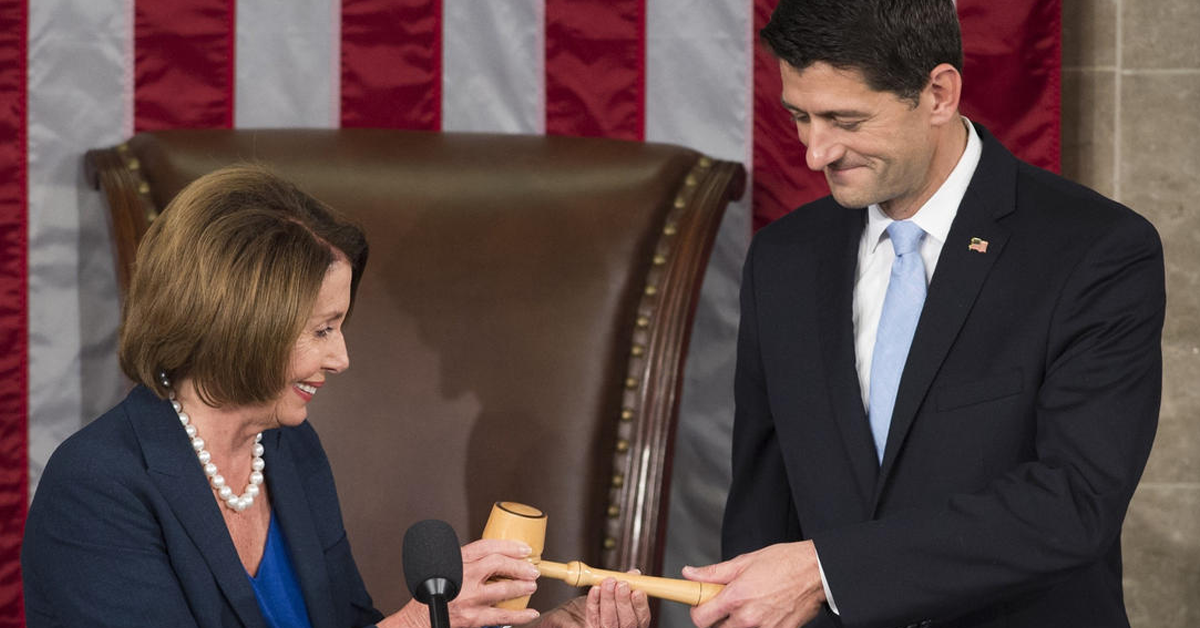With Election Day 2016 a little over two months away, many political analysts are projecting Democrats to gain seats in both the House and Senate. But winning the 30 seats they need to wrest control of the House from the Republicans is generally seen as a longer shot than the four or five Senate seats they’d need to lead that chamber (depending on whether or not Hillary Clinton is elected president and Tim Kaine, as vice president and president of the Senate, has a tie-breaking vote).
Shifts of that magnitude are uncommon but not unprecedented: In three of the past 12 two-year election cycles, one party has racked up a net gain of 30 seats or more (most recently in 2010, when the Republicans had a net gain of 63 seats). So we thought it was worthwhile to take a closer look at the circumstances under which House seats do, and don’t, switch from Republican to Democratic or vice versa. (In redistricting years, we excluded House districts that were either newly created and those so radically redrawn that no incumbent ran in them.)
One of the biggest obstacles to large swings from one party to the other is that so few incumbents lose their re-election bids. On average since 1992, 93% of House members who actually seek re-election have won. Even in 2010, the re-election rate fell to “only” 85%, with 338 of the 396 representatives running for re-election retaining their seats.
Those statistics are important for an “out” party in shaping its strategy to gain seats because knocking off incumbents has produced more seat switches than has picking up open seats. In 2014, for instance, 13 of the 19 seat switches were due to incumbent defeats. In 2010, a near-record year for seat switches, 55 incumbents were unseated (one in a primary, the rest in the general).
It’s even less common for incumbents to lose their party nominating primaries, but when they do their party almost always retains the seat anyway. Since 2000, a total of 39 House incumbents have lost their primaries; in only five of those cases did their seats flip to the other party.
Read more at the Pew Research Center.
